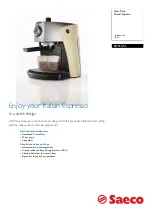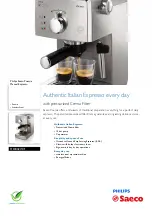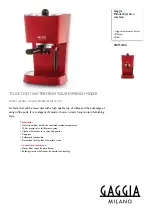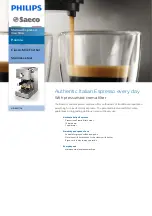
20
9.
REPLACE PAPER light
— Glows when the paper cassette is empty.
See page 66 for more details on replacing paper.
10.
GROUP DIAL
— Helps you set up a fax transmission to a call group, a
set of fax numbers which will receive the same document in one fax
operation.
11.
COMMUNICATION OPTIONS
— Chooses from among several fax
options: delayed transmission, SecureMail transmission, relay broadcast,
polling, batch transmission or F-Code communication.
12.
BROADCAST
— Helps you set up the process of a fax broadcast
(sending the same document to more than one location).
13.
Numeric keypad
— Just like the numeric keys on a regular tone-
dialing phone. In addition to dialing phone and fax numbers, they also
enter numbers when you’re making certain settings.
14.
START
— Begins a manual fax transmission, manual reception or
copying.
15.
CLEAR ALL
— Resets copying settings to their defaults.
16.
STOP
— An all-purpose “Whoa!” key. Stops the current operation, ejects
a document from the automatic document feeder and cancels alarms.
17.
SPEED DIAL/TEL INDEX
— Starts a speed-dialing operation, which
you finish by pushing three of the keys on the numeric keypad. Also
displays one-touch and speed dial entries sorted alphanumerically, as in a
telephone directory.
18.
BOOK DOC SIZE
— Sets the fax for either letter- or legal-sized
documents when you use the flatbed scanner.
19.
MEMORY TRANSMIT
— Selects which transmission mode your fax
uses, whether from memory or from the document feeder. If the light next
to this key is glowing, your fax will scan documents into memory before
trying to send them. Otherwise, your fax will transmit straight from the
feeder, which is slower and also prevents others in your office from using
the fax until your communication is absolutely complete. (When you use
the flatbed scanner, the machine always uses memory transmission.)
20.
CANCEL
— Press this key to delete characters on the LCD and cancel
commands you have entered into the machine.
















































